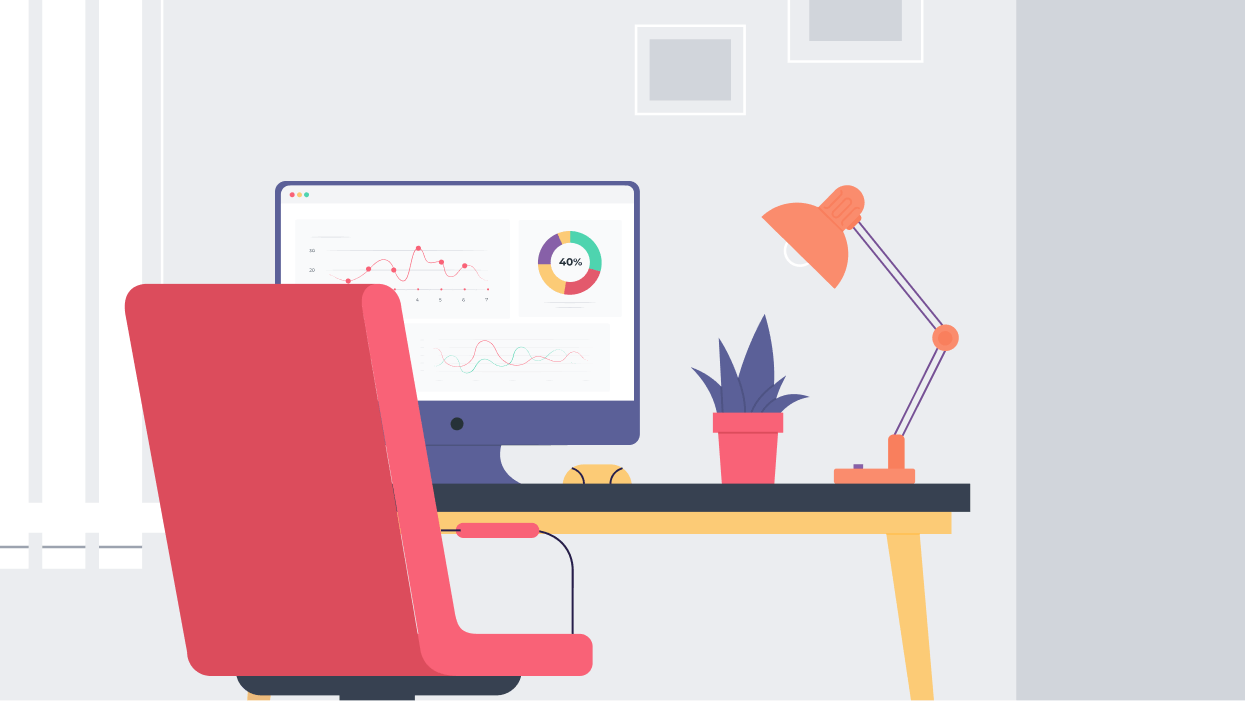
What are capital allowances?
November 18, 2021What are capital allowances?

What can I claim capital allowances on?
Plant and machinery
| Integral Features | Fixtures |
|---|---|
| Lifts, escalators and moving walkways | Fitted kitchens |
| Space and water heating systems | Bathroom suites |
| Air-conditioning and air cooling systems | Fire alarms and CCTV systems |
| Hot and cold water systems (excl. toilet and kitchen facilities) | |
| Electrical systems, incl. lights | |
| External solar shading |
A few conditions
Capital allowance categories
Why are there different types of capital allowance?
Annual Investment Allowance (AIA)
First year allowances (FYA)
Writing down allowances
| Pool | Percentage | Qualifying Assets |
|---|---|---|
| Main | 18% | Value of all 'plant and machinery' assets, excluding those that appear in the single asset or special rate pools |
| Special rate | 6% |
|
| Single asset | 18% or 6%, depending on the item |
|
Super deduction
Small pools allowance
Business cars
| Car description | Claim |
|---|---|
| New and unused, CO2 emissions are 0g/km (or car is electric) | First year allowances |
| New and unused, CO2 emissions are between 1g/km and 50g/km | Main rate allowances |
| Second hand, CO2 emissions are between 1g/km and 50g/km (or car is electric) | Main rate allowances |
| New or second hand, CO2 emissions are above 50g/km | Special rate allowances |





